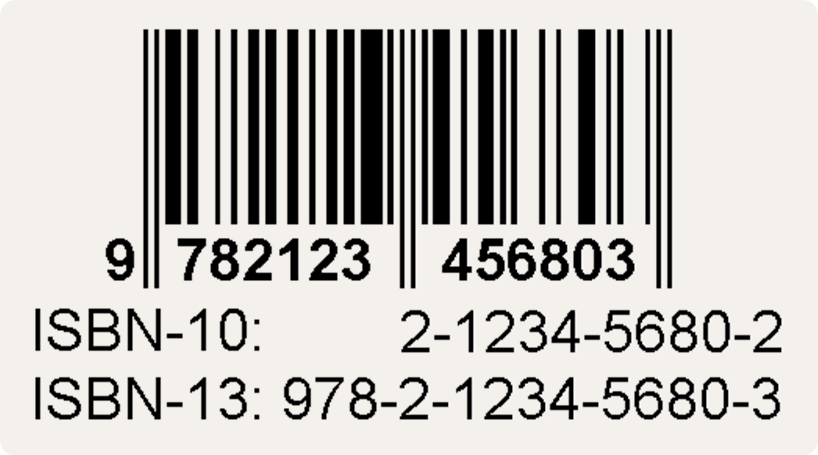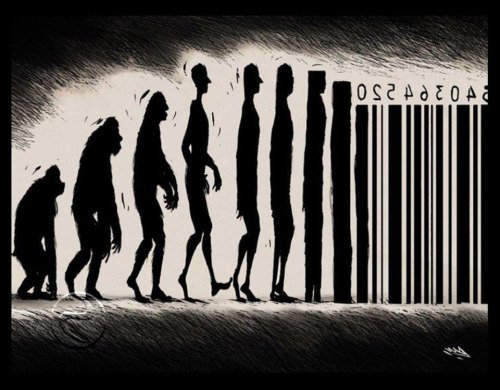In the ISBN-10 (International Standard Book Numbering) system that was used until the end of 2006, each book is assigned a unique 10-digit code. The first nine digits uniquely identify the book itself, whereas the last digit merely serves as a check digit to detect invalid ISBN-10 codes.

If $$x_1, \ldots, x_9$$ represent the first nine digits of an ISBN-10 code, the check digit $$x_{10}$$ is computed as \[x_{10} = (x_1 + 2x_2 + 3x_3 + 4x_4 + 5x_5 + 6x_6 + 7x_7 + 8x_8 + 9x_9)\!\!\!\!\mod{11}\] with $$a\!\!\!\mod{b}$$ the remainder upon integer division (the quotient) of $$a \in \mathbb{N}$$ by $$b \in \mathbb{N}_0$$ (modulo operation1). As a result, $$x_{10}$$ always takes a value in between 0 and 10.
Assignment
Compute the check digit from the first nine digits of an ISBN-10 code.
Input
Nine integers $$x_1, \ldots, x_9$$ ($$0 \leq x_1, \ldots, x_9 \leq 9$$), each on a separate line. These integers represent the first nine digits of an ISBN-10 code.
Output
The check digit that corresponds to the given first nine digits of an ISBN-10 code. This check digit should be printed without leading zeroes.
Example
Input:
9
9
7
1
5
0
2
1
0Output:
0Ask Pythia …
In the following instruction video, Pythia explains how to tackle this assignment. Watch this video as a stepping stone to solve other exercises about variables, expressions and statements2.
Epilogue
